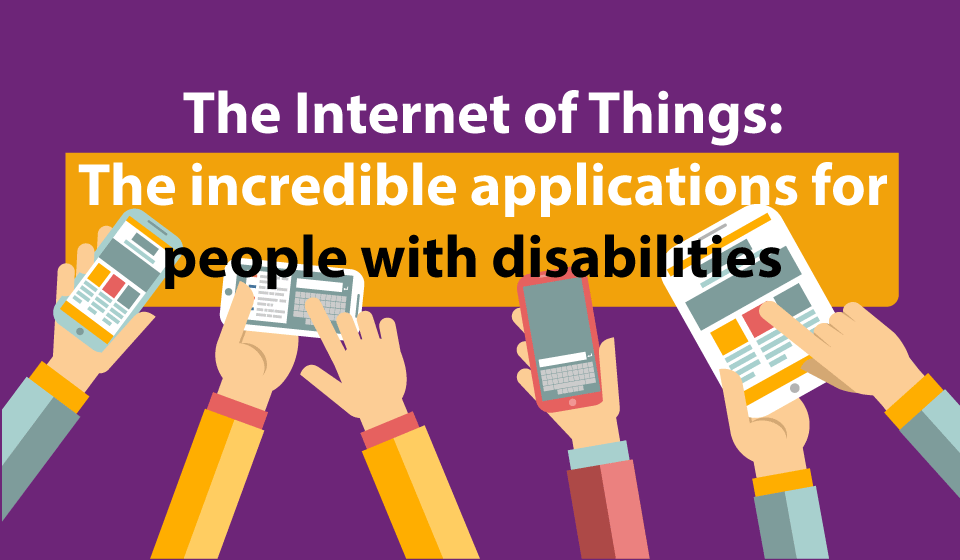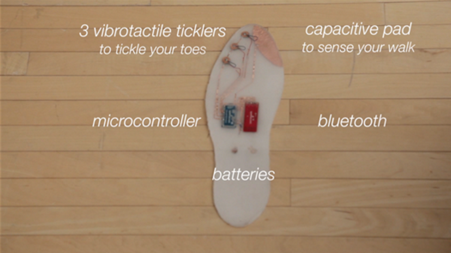 In our latest blog we discussed the Internet of Things and how this is going to drastically revolutionise the world through intelligent, connected devices. This made me think as someone who works in both the Disability & IT sectors how is this technology going to assist and create opportunities for people with disabilities?
In our latest blog we discussed the Internet of Things and how this is going to drastically revolutionise the world through intelligent, connected devices. This made me think as someone who works in both the Disability & IT sectors how is this technology going to assist and create opportunities for people with disabilities?
The most likely way in which the IoT is going to impact people with disabilities is extending their reach, improving their quality of living and just making every-day tasks easier.
The most logical way that this would be accomplished is through connected devices communicating with the user's mobile phone. The ability to control lights and heating through a mobile device for a person with limited mobility will make daily tasks that much easier. Home security could also be simplified with unlocking doors and arming security systems completed through the mobile interface. The security system could also be adapted for someone who is deaf or hard of hearing with an update being sent to their phone if suspicious activity is detected.A truly connected house could also flash the lights on and off depending on where the activity was sensed or the proximity of the detection to the house.
Moving out of some of the home applications - What about when you travel to a new city? Navigating through the bustling streets of Tokyo without your smartphone directing you; that’s hard. But imagine trying to do this if you were visually impaired navigating unfamiliar streets, monitoring your phone, avoiding people, a seriously daunting task. The IoT provides a solution, a device that fits into your shoes and ‘tickles’ your feet to update you on where you are going. Depending on the destination that has been entered into the user's smart phone, the vibrations correlate with a direction providing guidance.

In our last blog on IoT we also discussed the integration of ibeacons at Fitness First health clubs. These beacons inform Fitness First when a member is near by and can inform the member of location specific information. Think of the application in supermarkets for the vision impaired. The ability to speak to their phone with the item that they are looking for and then being alerted when they are close to the item. What about this integrated with the above shoe insert, shopping in an unfamiliar supermarket would no longer be a problem.
The IoT is still in its infancy, but with more and more technologies being available on our shelves these technologies will slowly integrate into our lives. Knowing that the time is approaching where technology can work harmoniously with connected devices to improve the lives of all people is a truly exciting prospect.
